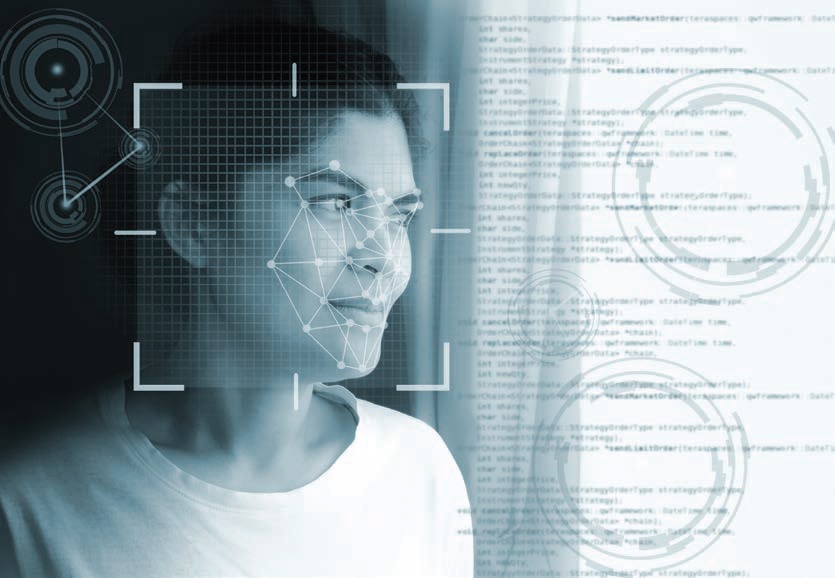
In late 2015 the Commonwealth government announced that a national facial recognition system – the National Facial Biometrics Matching Capability or simply ‘The Capability’- would be implemented. This system will use existing identification documents, such as licences and passports, to extract and share biometric information between state, territory and national government databases.
As is often the case in relation to technological developments, regulation and the legal system have lagged behind. Given limitations in Australia’s privacy framework, such as an absence of a constitutional bill of rights or a privacy tort, there are limited privacy protections in relation to biometric information, and those that do exist are subject to carve outs and law enforcement exemptions.
Automated Facial Recognition Technology
AFRT systems digitise, store and compare facial templates that measure the relative position of facial features. These processes extend privacy considerations beyond the capture of photographs as they enable automated sorting, database storage, information sharing and integration.
AFRT can be used to conduct one-to-one matching to verify identity, or one-to-many searching of databases to identify unknown persons. It identifies individuals and provides a gateway to the large and ever expanding databases held by government, law enforcement and security agencies. Further, photographs (and therefore facial templates) from data rich environments such as social media can be mined and integrated into big data used for law enforcement and security purposes.
AFRT can be conducted from a distance and can be integrated with existing surveillance systems such as CCTV (known as ‘Smart CCTV’), enabling tracking through public places. There have been recent moves to trial a Smart CCTV system known as ‘iOmniscient’ by Australian councils, including in a Toowoomba library…Click HERE to read full article.





